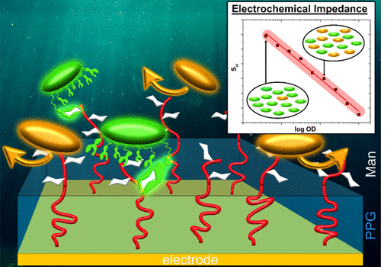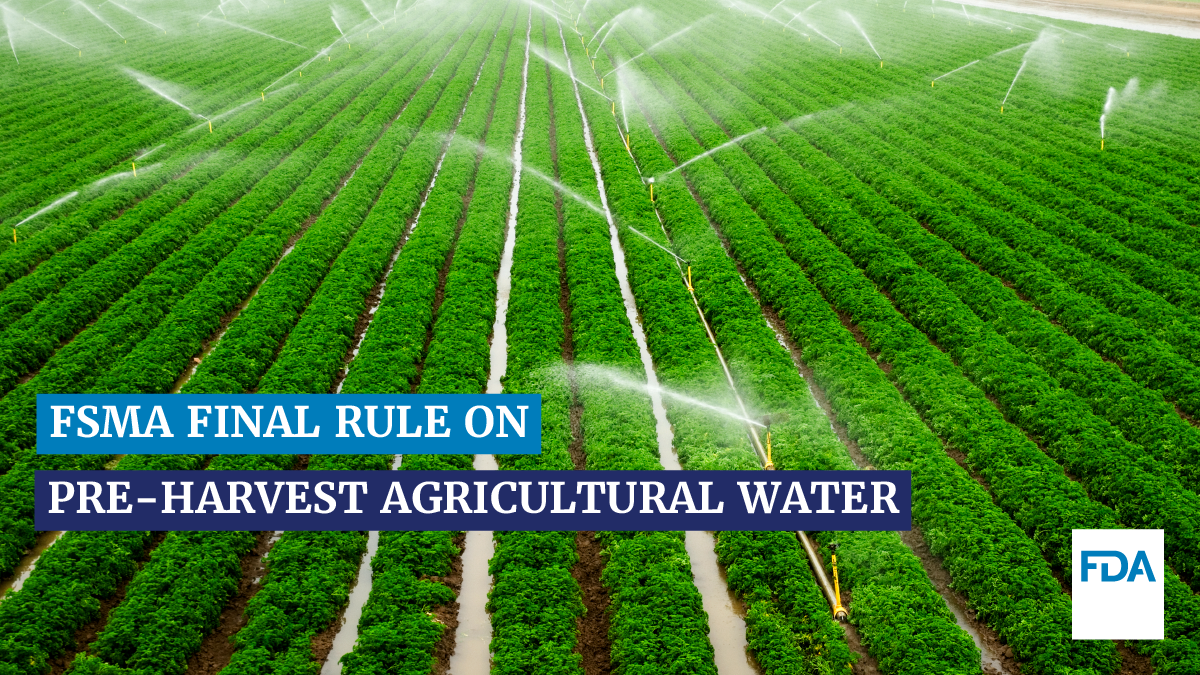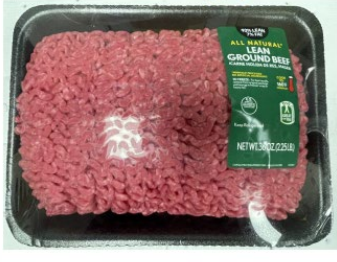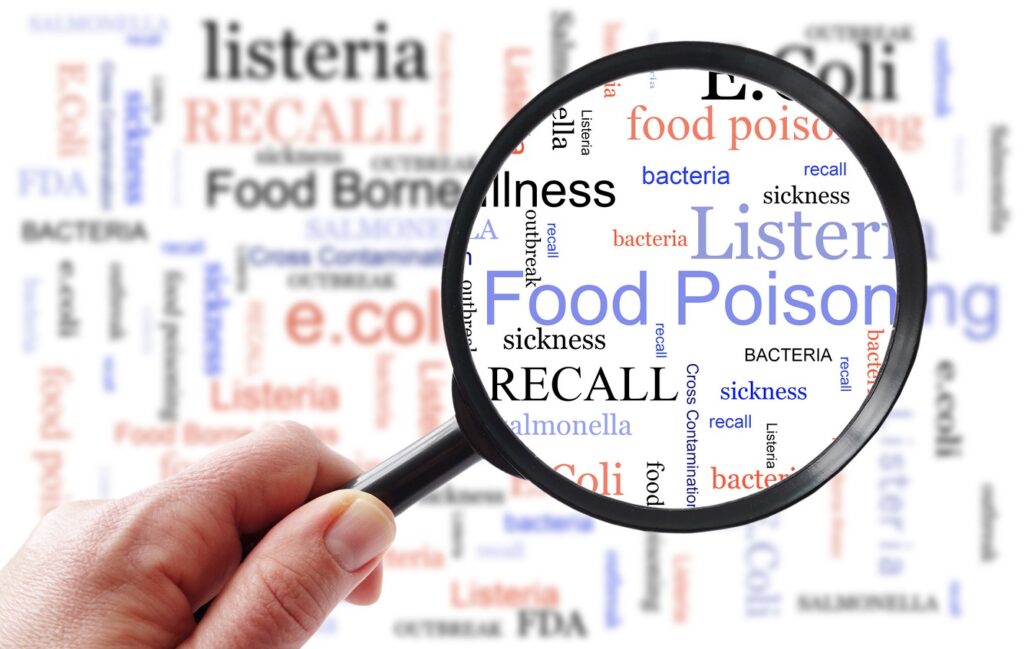Researchers at Goethe University Frankfurt and Kiel University have developed a novel sensor for detecting bacteria. The information was published in ACS Applied Materials & Interfaces Article ASAP. The sensor is a covalent nanolayer system that consists of a conductive and biorepulsive base layer topped by a layer carrying biorecognition sites. The polypyrrole backbone makes the resulting nanolayer systems conductive, opening the opportunity for constructing an electrochemistry-based sensor system. The basic concept of the sensor exploits the highly selective binding of carbohydrates by certain harmful bacteria. The sensor can detect dangerous bacteria with a high sensitivity level and determine their concentration. The selectivity and sensitivity of the sensing remained the same even in the presence of a large excess of nonbinding bacteria, making the system useful for the rapid and selective detection of pathogens in complex matrices. @ https://pubs.acs.org/doi/10.1021/acsami.3c14387




